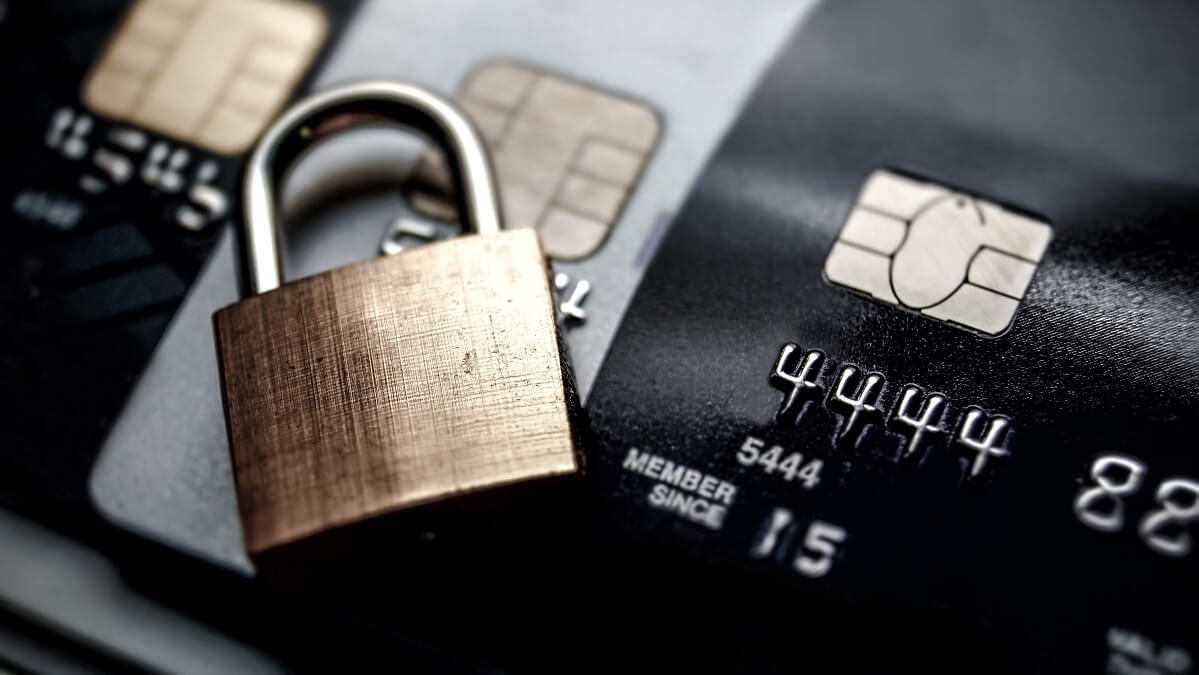Data breaches dominated the headlines last year and it would be a rare Australian who wasn’t affected one way or another.
It’s a terrible reminder that it’s vital to protect not just your online identity, but also your credit identity.
And victims should get cracking to protect themselves early. In a paper published by the Australian Institute of Criminology (AIC), of the almost one in 10 respondents of an AIC survey who were victims of a data breach, nearly one-third were also victims of identity crime. They were also more likely to be victims of online scams, fraud or ransomware.
Read: Unspent gift cards now total $1.9 million
Hopefully, your financial institution has upped the ante on their security, but there are steps you can take to protect your credit security.
Check your credit report
Your first step is to review your credit report.
If you do not already have access to your credit report, there are three agencies that offer the service for free in Australia – Equifax, illion and Experian. Online financial advice site Money advises to register with all three as different lenders may only use one or two reporting bodies. I’d probably go with Equifax and Experian as the online reviews of illion are brutal.
They all have subscription models, but if you hunt around the websites, the basic reporting services should be free.
An account will take less than 15 minutes to set up as long as you have the relevant supporting documents such as your passport and driver’s licence.
Your credit report will detail credit applications for the past five years.
Once you have registered, reports will be available every three months.
Read: ATO crackdown on early super access
Sort it out
If you find any activity or you don’t recognise any inaccuracies on your credit report you need to act immediately to have it investigated by the lending institution.
Do not call them. Make sure everything is in an email as credit bodies must respond to you within 30 days and dated correspondence makes it easier to track their progress.
Ask them to explain why there are inaccuracies in your information and request that it be corrected.
If they refuse to correct the information, request a reason why.
If you are still unsatisfied with their response, your next step is to take it to the organisation’s external dispute resolution service (EDR) to examine the issue. There are various EDRs depending on the organisation, but don’t worry about finding the correct one, the credit organisation must provide you with their contact details.
Take action
If you are concerned about activity on your credit report, implement a short-term ban on it.
This means that if a scammer applies for credit using your identity, lending institutions will not be able to access your credit report and thus cannot lend any funds.
Read: Best performing MySuper options revealed
You can apply for a ban from any of the three credit rating services listed. All have services that will not only ban activity on their platform, but on the other two as well, saving you the hassle of doing it yourself.
Naturally, you will have to remove the ban if you want to make an application for credit. It is possible to apply for credit during a ban, but the provider may need to collect more personal information directly.
According to the Office of the Australian Information Commissioner (OAIC), if you are still concerned about the fraud at the end of the ban period you can apply to have it extended. The credit organisation must provide written confirmation of the extension.
A ban period is 21 days, you can extend the ban as many times as you like and implementing a ban is free.
Have you checked your credit report? Why not share your experience in the comments section below?

